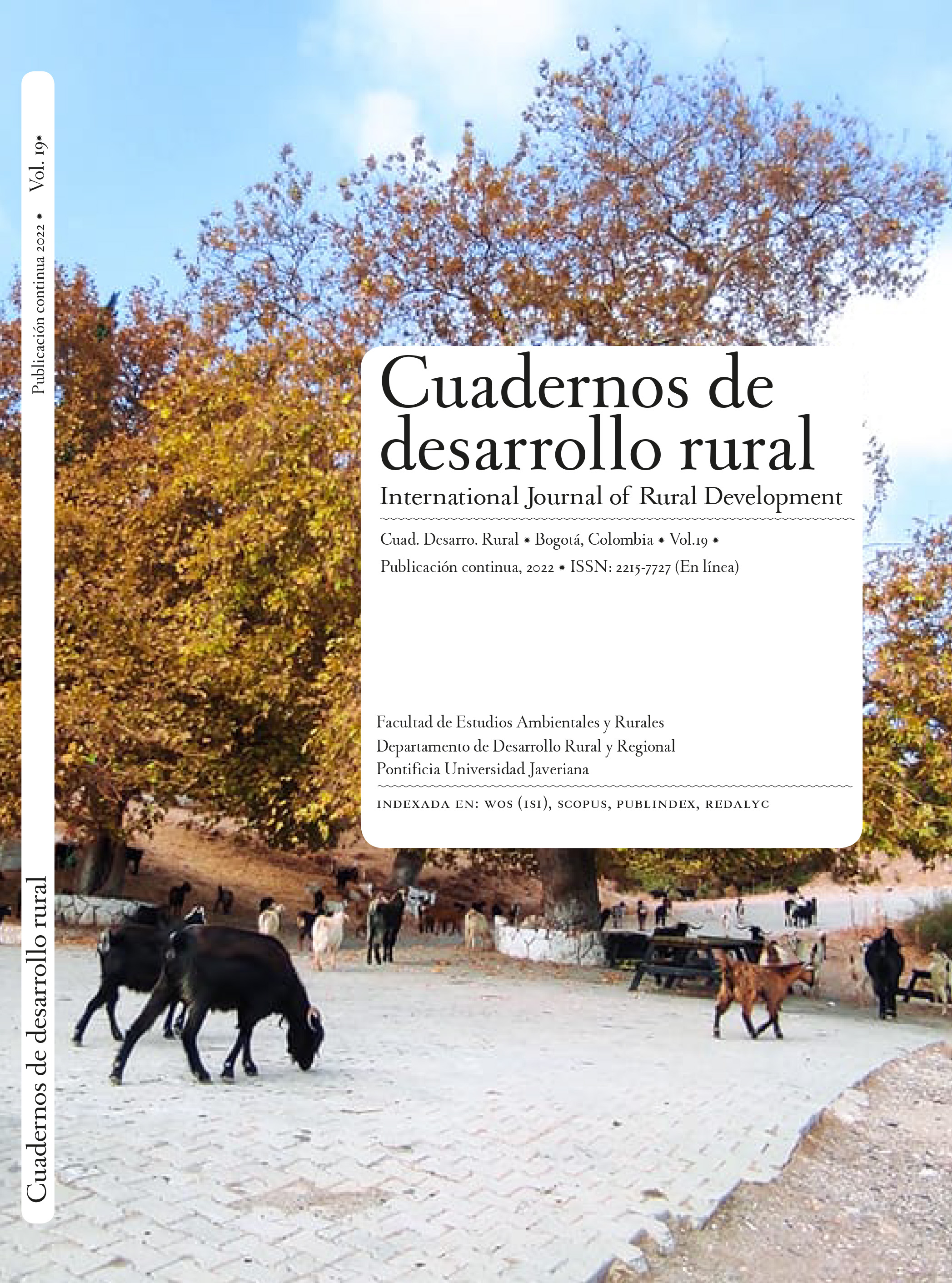Resumo
A study is presented in families of a rural population of the Republic of Ecuador, which is classified by its social, cultural, and economic characteristics in the BOP market. The findings indicated that there is a strong preference for national and traditional products, although there is a preference for regional and global products, showing differences in lifestyle and a combination of consumer needs. It was found that these consumers can be loyal to brands that represent a different social status. Therefore, companies should design more effective marketing strategies for this market, whose growth is attractive for the development and increase of their sales volume.

Este trabalho está licenciado sob uma licença Creative Commons Attribution 4.0 International License.
Copyright (c) 2022 Iliana Elizabeth Aguilar Rodríguez, Carlos Hernán Artieda Cajilema, Andrés Gonzalo Acosta Aguinaga, Geovanni Fernando Tapia Andino


